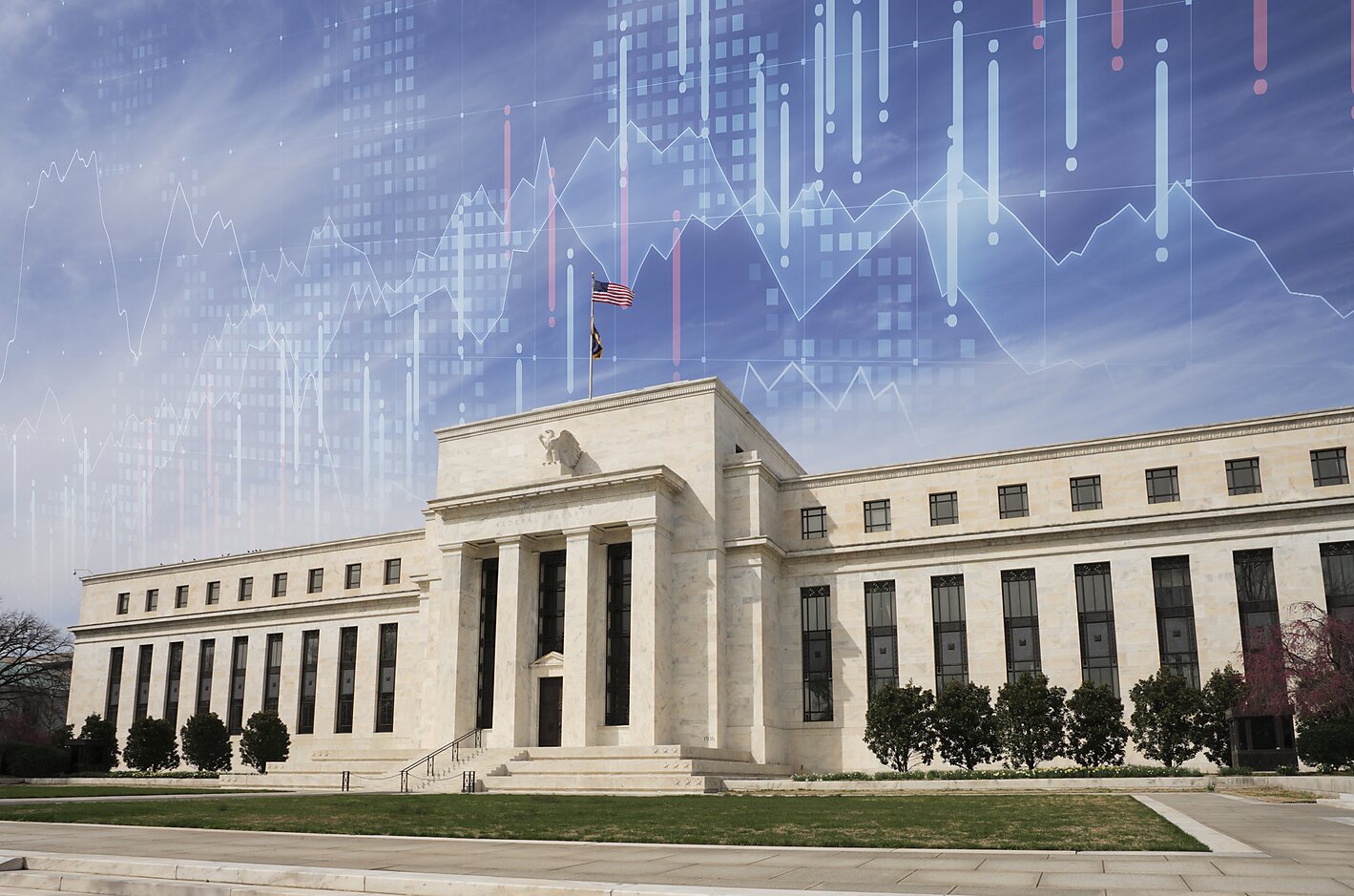The 2007-08 financial crisis ushered in unconventional monetary policy, including large-scale asset purchases (also known as quantitative easing, or QE), outright credit allocation with the purchase of agency debt and mortgage-backed securities, and a new operating system—the so-called floor system—in which the Board of Governors uses interest on excess reserves (IOER) as its key tool for setting its policy rate. Unlike the pre-2008 operating system, the new system incentivizes banks to hold large reserve balances at the Fed.
Charles Plosser, former president of the Federal Reserve Bank of Philadelphia, was one of the first to recognize the danger of unconventional monetary policy—namely, “a large Fed balance sheet that is untethered to the conduct of monetary policy creates the opportunity and incentive for political actors to exploit the Fed and use its balance sheet to conduct off-budget fiscal policy and credit allocation.”
The onset of COVID-19 in March 2020 and the ensuing government lockdowns severely affected output and employment and were followed by a “dash for cash” (i.e., a decline in the velocity of money). The Fed basically promised to do “whatever it takes” to restore monetary and financial stability, and it quickly launched a number of special purpose vehicles in conjunction with the Treasury Department. For the first time, the Fed made funds available through these vehicles to corporations, “Main Street” businesses, municipalities, and states. In addition, the Fed began providing funds to the Term Asset-Backed Securities Loan Facility to purchase risky assets—including commercial mortgage securities and collateralized loan obligations—none of which show up on the Fed’s balance sheet.
The COVID-19 pandemic motivated the Fed to put QE on steroids, set its policy rate at the zero lower bound, use forward guidance to keep rates lower for longer, and launch an array of emergency credit facilities for nonbanks—backstopped by the U.S. Treasury with $454 billion provided by Congress under the Coronavirus Aid, Relief, and Economic Security (CARES) Act, which President Trump signed into law on March 27, 2020. The Fed also extended its global reach by setting up “U.S. dollar liquidity swap lines” with foreign central banks.



